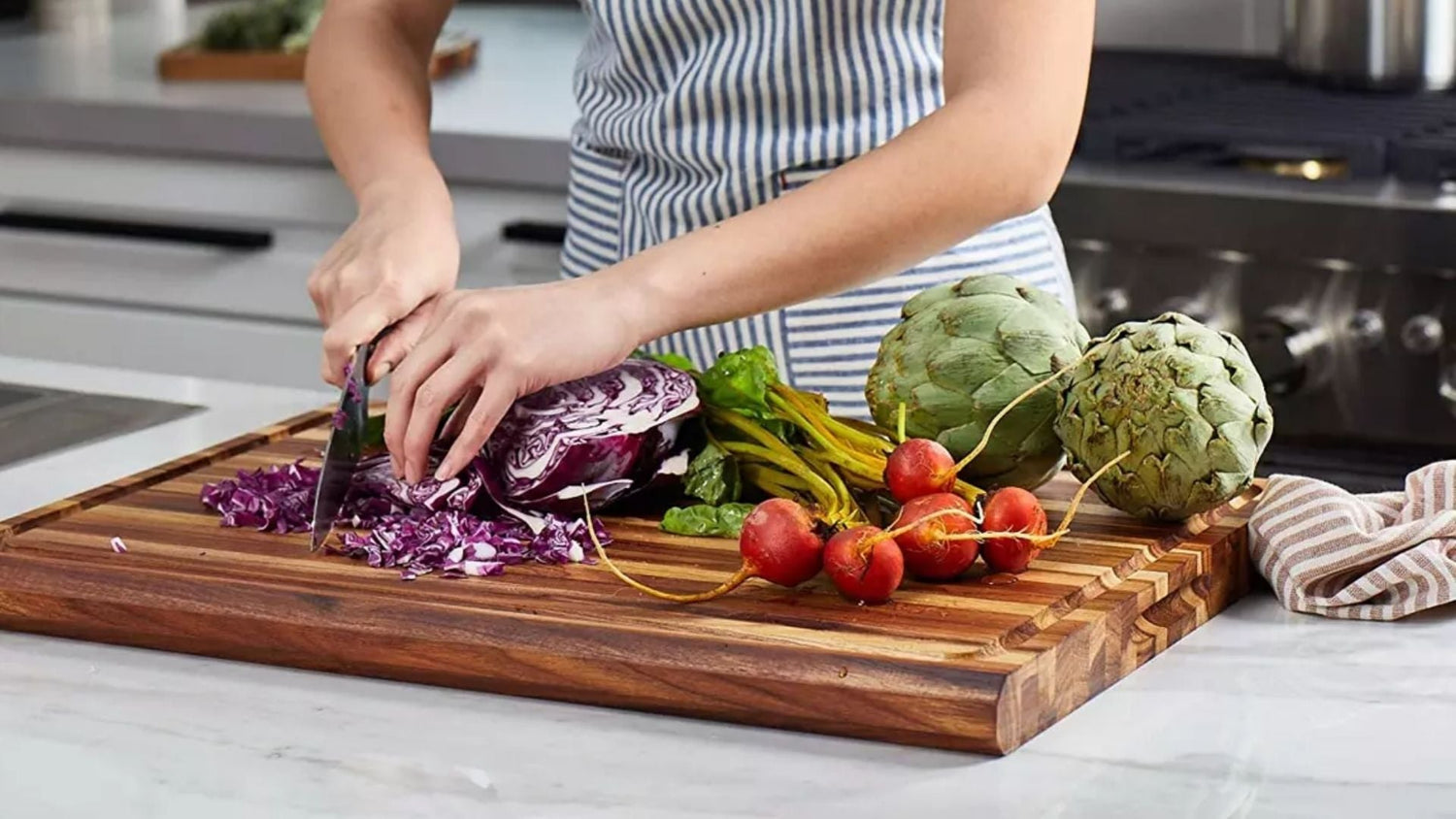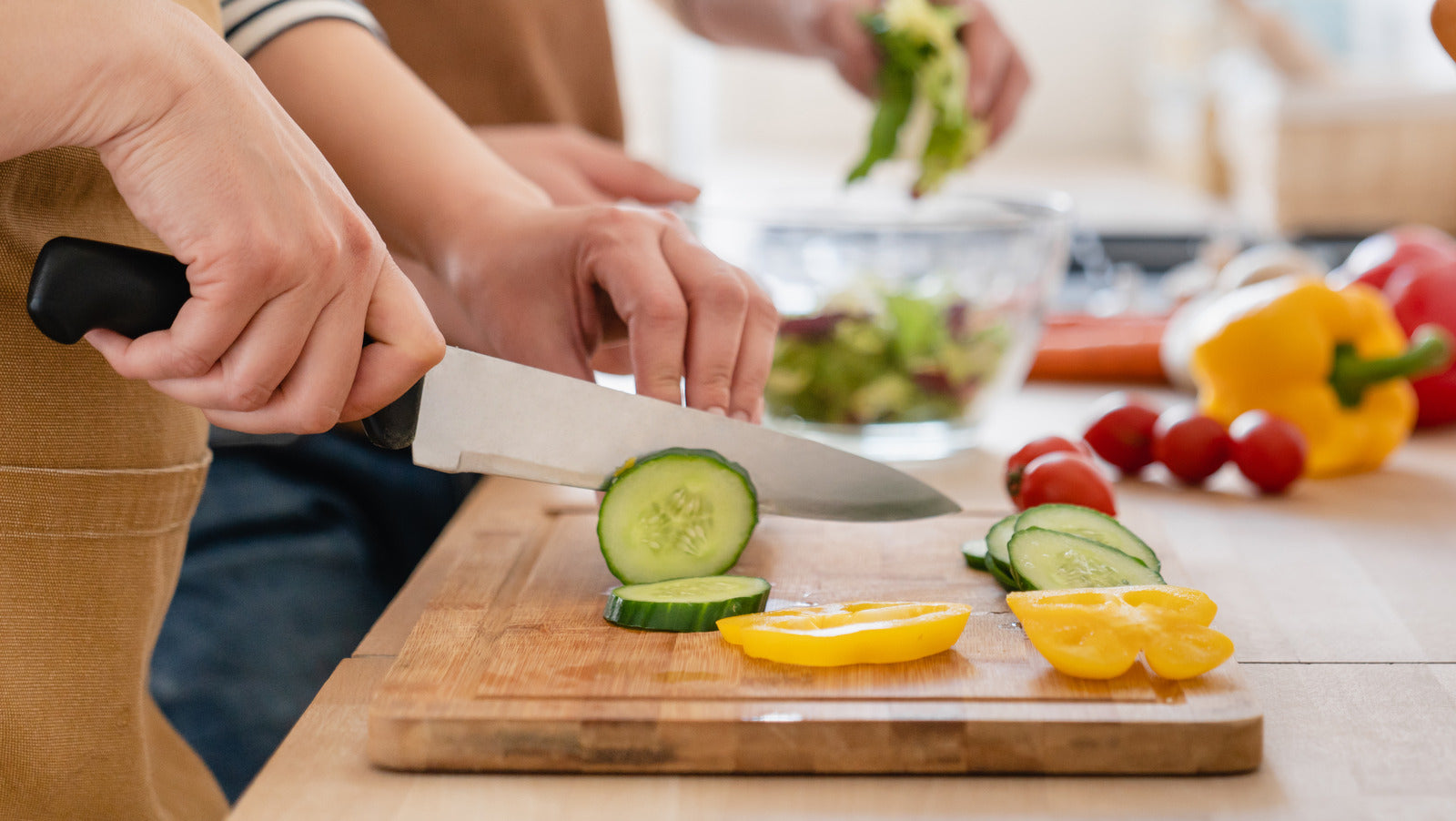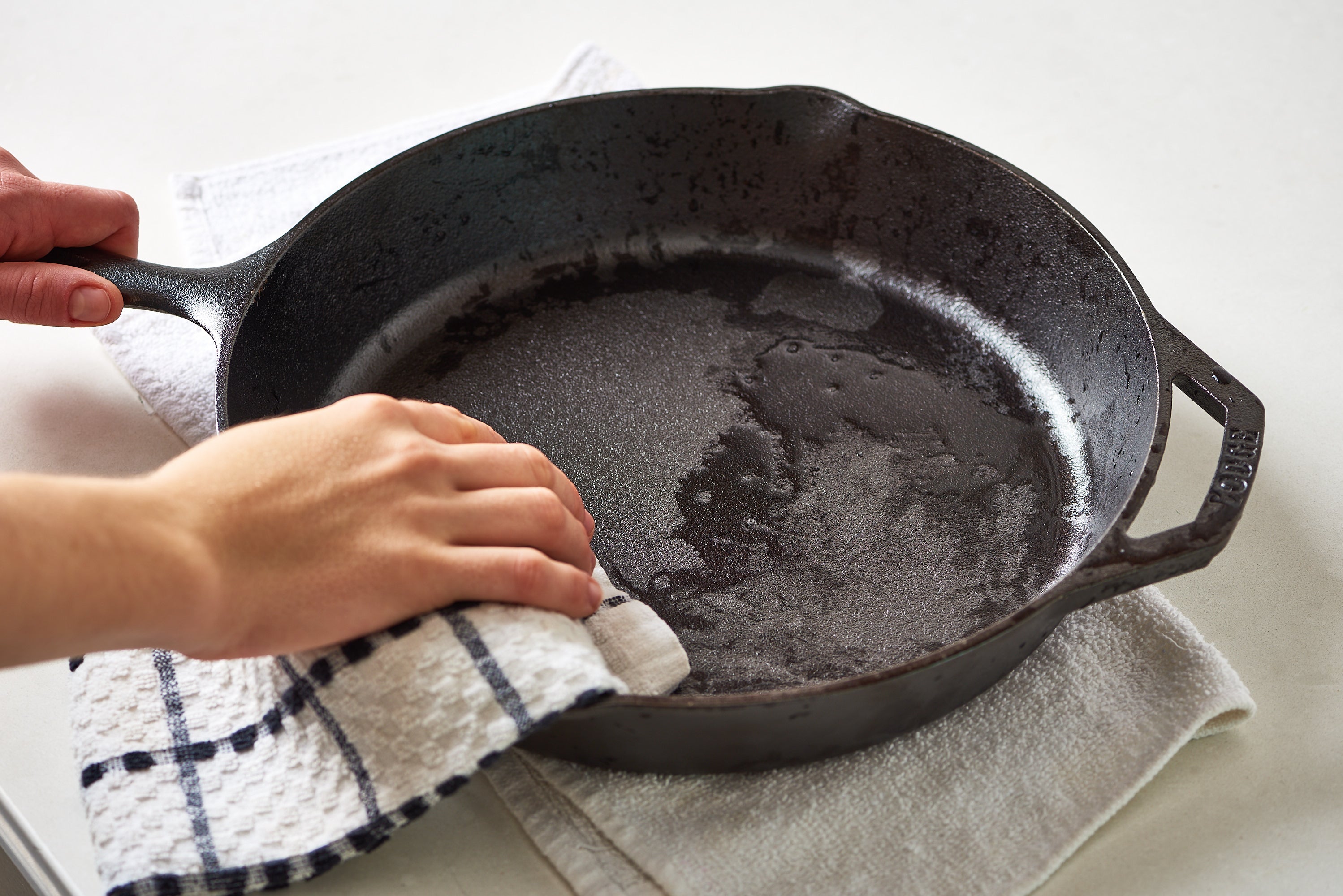If you are looking to elevate your kitchen game, knowing how to make a live edge cutting board can be a game-changing skill. For kitchen professionals, a well-crafted live edge cutting board is more than just a tool; it is a statement. It combines practicality with rustic elegance, making it a highly sought-after piece for anyone working with food regularly.
This guide will provide you with the detailed process, tools needed, and helpful tips to create a durable and beautiful live edge cutting board. Whether youre new to woodworking or already have a knack for creating handmade utensils, this article will take you step by step through the process.

What Is a Live Edge Cutting Board?
A live edge cutting board highlights the natural beauty of the wood by preserving the raw, original edge of the material instead of machining it into regular straight edges. These boards often retain part of the tree bark or the woods natural curves, resulting in a truly unique product.
Kitchens with live edge cutting boards instantly exude a natural and artistic flair. Such boards can also be a sustainable choice since they often make use of smaller or uncut pieces of wood that would otherwise go to waste. But what sets them apart in terms of utility? Theyre sturdy, long-lasting, and kind to your knives.
Materials Youll Need
- Live edge wood slab (preferably hardwood like walnut, maple, or oak)
- Planer or hand planer
- Wood clamps
- Sandpaper (grit ranging from 60 to 220)
- Wood glue (food-safe)
- Mineral oil or food-safe wood finish
- Table saw or jigsaw
- Protective gloves
These materials are readily available, and some of them could already be part of your existing woodworking supplies. When choosing the wood, always opt for something that combines durability with aesthetic appeal.
Step-by-Step Guide: How to Make a Live Edge Cutting Board
1. Select the Perfect Wood
The first and most crucial step in making a live edge cutting board is selecting the right wood slab. Hardwood species like maple, walnut, or cherry are highly recommended as theyre durable, resistant to bacteria, and gentle on knives. Choosing a slab with interesting natural curves or textures can result in a more striking board. Ensure the wood is free of cracks or defects that could affect its performance over time.
For more insights on picking the right wood for cutting boards, visit the difference between wood vs plastic cutting boards.
2. Prepare the Wood Surface
Once youve selected a wood slab, its time to prepare the surface. Use a planer or hand planer to level the board and remove any excess unevenness. The live edge should also be cleaned up to eliminate any loose bark, but dont strip it entirelyits part of what makes the board unique. Use a stiff wire brush for this process.
If your wood slab has gaps or cracks, consider filling them with food-safe epoxy to ensure long-term durability.
3. Sanding the Edges and Surface
Sanding is an absolute necessity to smoothen the surface and edges. Start with 60-grit sandpaper and gradually work your way to finer grits, such as 220. The smoother the surface, the better the finish will adhere. Pay particular attention to the live edge; sanding it carefully will help maintain its rustic feel while removing any potentially harmful splinters.
For more tips on maintaining your wooden boards, refer to this article on cleaning wooden cutting boards.
4. Cut to Size and Shape
Depending on your preferences, use a table saw or jigsaw to cut the board to desired dimensions. Typically, cutting boards are rectangular, but live edge boards can be more organic in shape. Let the natural edges guide you for a unique final look.
Ensure you sand the cut edges thoroughly before moving to the next step.
5. Apply a Food-Safe Finish
Now comes the fun part: applying the finish. Food-safe mineral oil is the most common finish for cutting boards, but you can also use beeswax or specialized cutting board oils. Apply the oil generously to both sides of the cutting board and let it soak in overnight. This will protect the wood and bring out its natural beauty.
If youve ever wondered how to paint a cutting board, note that traditional paints arent food-safe. Stick to natural oils and finishes for this project.
6. Maintenance of Your Live Edge Cutting Board
Once your cutting board is complete, maintaining it is essential for long-term use. Regular oiling and gentle cleaning can extend its lifespan significantly. Always wash the board with warm, soapy water and avoid soaking it in water for prolonged periods.
To learn how to identify when to use wood vs. plastic boards for different kitchen tasks, check this helpful article on when to use a plastic cutting board.

FAQs About Making and Using Live Edge Cutting Boards
1. Can I make a live edge cutting board without special tools?
While specialized tools like planers and table saws make the process easier, it is possible to make a live edge cutting board using basic woodworking tools and some extra patience. Hand saws, sandpaper, and clamps can get the job done effectively.
2. How do I sterilize my live edge cutting board?
Use a mixture of white vinegar and water to clean your board if it comes in contact with raw meat. This solution will kill bacteria without damaging the wood. Be sure to rinse and dry thoroughly afterward.
3. What oil should I use for finishing?
Always use food-safe oils such as mineral oil, tung oil, or linseed oil. These oils are safe for food contact and prevent the wood from drying or cracking over time.
A live edge cutting board is not just a practical tool; its a blend of craftsmanship and functionality. By following this guide, you can create a piece that reflects your skills and enhances your kitchen workflow. Happy crafting!
This article contains affiliate links. We may earn a commission at no extra cost to you.






Leave a comment
This site is protected by hCaptcha and the hCaptcha Privacy Policy and Terms of Service apply.